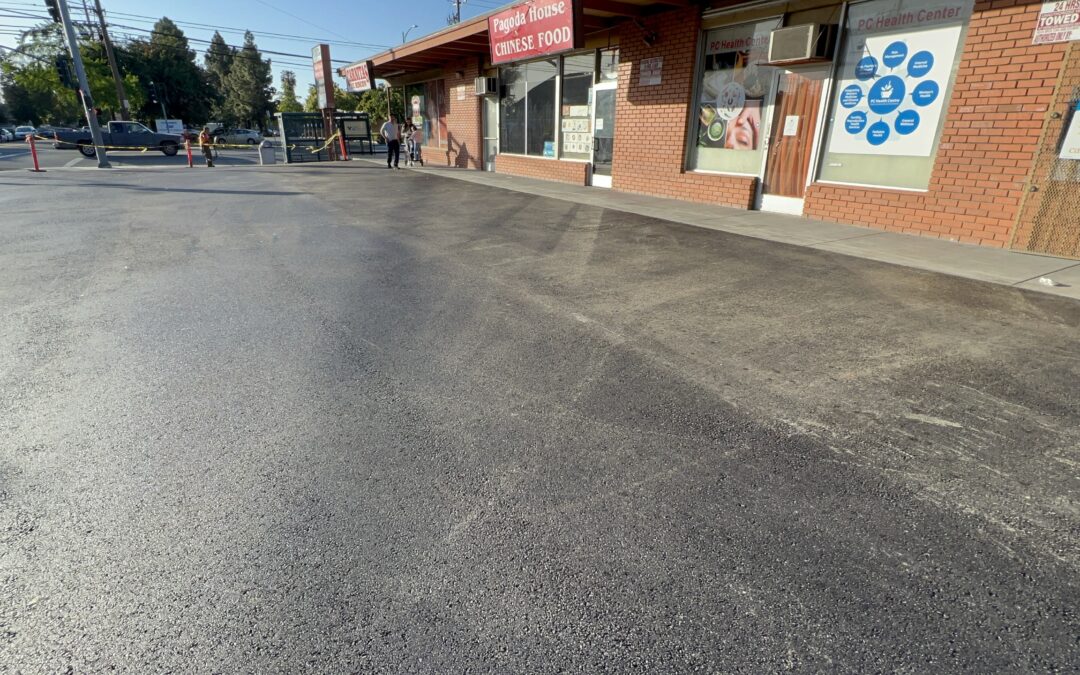Asphalt surfaces are a staple of modern infrastructure, providing smooth, durable roads, driveways, and parking lots. However, over time, wear and tear, weather exposure, and traffic can take their toll, leading to cracks, potholes, and other forms of pavement distress. Fortunately, asphalt surfaces can be repaired and restored to their former glory with the right techniques and materials. In this comprehensive guide, we’ll explore the step-by-step process of repairing asphalt surfaces, from minor cracks to major potholes.
Assessing the Damage
The first step in repairing asphalt surfaces is to assess the extent of the damage. Walk or drive over the affected area and inspect it carefully, noting any cracks, potholes, or areas of deterioration. Pay attention to the size, shape, and severity of the damage, as well as any underlying issues such as poor drainage or subgrade instability. This information will help determine the appropriate repair methods and materials needed to address the problem effectively.
Cleaning the Surface
Before any repairs can be made, the damaged area must be cleaned thoroughly to remove debris, vegetation, and loose pavement material. Use a broom, brush, or compressed air to sweep the surface clean, paying particular attention to cracks and crevices where debris may accumulate. For heavily soiled or stained areas, pressure washing or chemical cleaners may be necessary to achieve a clean, uniform surface.
Filling Cracks
For small cracks (typically less than 1/2 inch wide), crack filling is the preferred repair method. Begin by applying a crack filler or asphalt patching compound to the crack, filling it completely and smoothing the surface with a trowel or putty knife. Allow the filler to cure according to the manufacturer’s instructions before applying a sealant to protect the repaired area from water infiltration and further damage.
Patching Potholes
Potholes are more significant and require a more involved repair process. Start by cleaning the pothole thoroughly, removing any loose debris or pavement material. Next, fill the pothole with a cold patch asphalt mix, compacting it firmly with a tamper or hand roller to achieve a level surface. For larger potholes or areas of extensive damage, hot mix asphalt may be necessary for a more durable and long-lasting repair.
Sealcoating
Once the repairs are complete, sealcoating the entire asphalt surface is recommended to protect it from water damage, UV exposure, and wear from traffic. Sealcoating helps to extend the life of the pavement and maintain its appearance and functionality over time. Apply a commercial sealcoat product using a squeegee, brush, or spray system, following the manufacturer’s recommendations for proper application and curing.
Regular Maintenance
Preventive maintenance is essential for preserving the integrity of asphalt surfaces and minimizing the need for costly repairs. Implement a regular maintenance program that includes activities such as crack sealing, sealcoating, and pavement marking to address minor issues before they escalate into more significant problems. By staying proactive with maintenance, you can extend the life of your asphalt surface and save time and money on repairs in the long run.
Consulting Professionals
While minor repairs can often be done by homeowners or property managers, more extensive damage or complex issues may require the expertise of professional paving contractors or engineers. If you’re unsure about the best approach to repairing your asphalt surface or if the damage is beyond your ability to handle, don’t hesitate to consult with professionals who can assess the situation and recommend appropriate solutions.
Investing in Quality Materials
When it comes to repairing asphalt surfaces, quality materials are key to achieving long-lasting results. Invest in high-quality crack fillers, patching compounds, sealants, and other repair products that are specifically designed for asphalt pavement. While cheaper alternatives may seem tempting, they often sacrifice performance and durability, leading to premature failure and the need for costly repairs down the road.
Conclusion
Repairing asphalt surfaces requires careful assessment, preparation, and execution to achieve optimal results. Whether you’re dealing with minor cracks or major potholes, following the steps outlined in this guide can help you restore your asphalt surface to its former glory and ensure years of reliable performance. By investing in quality materials, staying proactive with maintenance, and consulting with professionals when needed, you can keep your asphalt surface in top condition and preserve the integrity of your property’s infrastructure for years to come.

